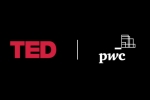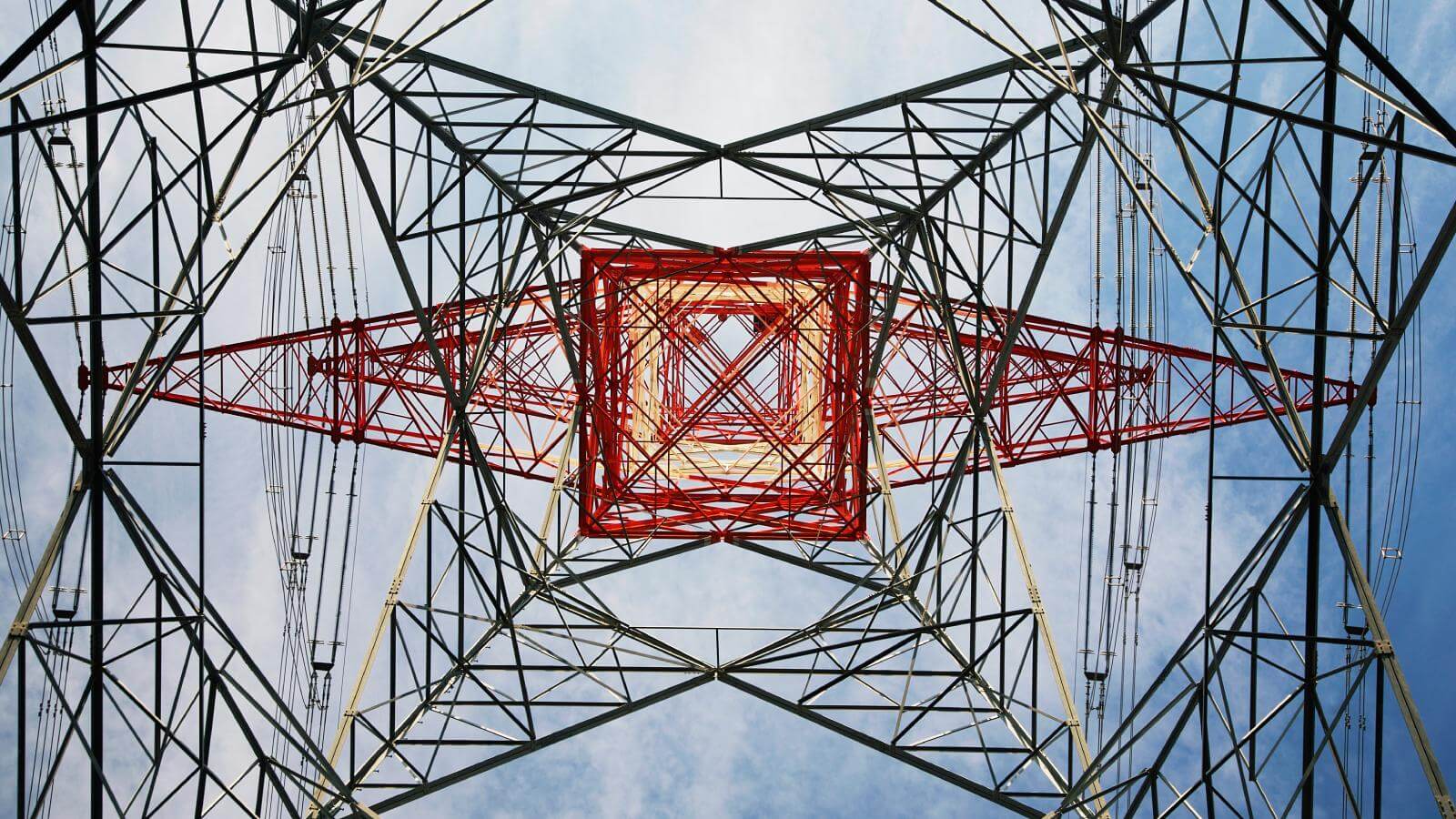The UN predicted that 68% of the world’s population will live in cities by 2050, up from 55% in 2018. This surge underscores the urgent need for sustainable infrastructure capable of supporting burgeoning urban populations without exacerbating environmental degradation. As we steer towards this future, it becomes clear that the path to net zero cannot be travelled simply by expanding infrastructure in traditional ways. We need more infrastructure to bridge the gaps in demand. But we also need it to be smarter and more efficient, and to be adaptable so that it can respond to rapid change. Strategic flexibility in design emerges as one critical tool for navigating the twin challenges of infrastructure demand and climate change, while limiting the costs of overhauls or extensive replacements associated with traditional approaches to infrastructure design.
That is one of the key findings of our recent research. Our analysis of various design approaches to high-voltage direct current (HVDC) lines—power cables crucial to an energy transition that depends on transporting electricity over great distances—revealed that a flexible design, before accounting for the overall costs, could offer 70% more value, in terms of expected cash flow, than fixed designs. Advanced economic modelling that harnesses the power of flexibility shows that one theoretical high-voltage line, transporting renewable power over thousands of kilometres, could unlock upwards of US$310 million in additional value out of an initial capex investment of US$700 million. The environmental uplift comes from a design outcome which minimises capacity waste and maximises adaptability to energy demand over the project’s 40-year-plus life cycle.
Against a backdrop of uncertainties about energy demand due to fuel diversification and the rise of EV mobility, certain design strategies significantly outstripped fixed approaches (as shown in the graphic). Traditional power lines are built with a fixed design that effectively caps their performance at a set number of gigawatts. However, a design process that both identifies and evaluates a number of flexible design concepts at the critical early stage allows designers to make better-informed decisions against cost and impact benchmarks. In one scenario, oversized concrete foundations, which allow for faster, cheaper future extensions to transmission lines and stations, enabled the project to significantly enhance its capacity and maximise its return on investment.
A growing global demand for sustainable infrastructure
Cost-effective infrastructure is central to meeting the global push to urbanisation and sustainable development, with the Global Infrastructure Outlook projecting a need of US$94 trillion in global infrastructure investment by 2040 to keep pace with expected growth. A higher level of energy transmission and distribution infrastructure investment is one of the many gaps that need to be bridged in the coming decades. Yet, as this investment grows, so does the importance of ensuring that it is directed to projects that are not only attractive to investors but also environmentally sustainable and, crucially, adaptable to meet future global demand.
Real-world applications of flexible infrastructure design, such as the Blue Cross Blue Shield headquarters in Chicago, whose initial construction in the late 1990s included provisions for a substantial future vertical expansion, highlight the tangible benefits of the approach. This capacity for adaptation allowed the company to respond efficiently to growth in their workforce, adding 24 storeys, nearly a decade after initial construction, without having to break ground on a new building. As the shift to remote work gains traction, flexibly designed office buildings which integrate modular components could allow building owners to dismantle parts of the structure for repurposing or recycling. Such an approach would not only minimise waste but be responsive to changing work habits or business needs.
Embracing adaptability in an era of unpredictable change
The need for strategic flexibility is further magnified by the uncertainties of our time, including economic volatility, geopolitical tensions, technological shifts and the unpredictable impacts of global health crises. Traditional engineering practices, which often prioritise robustness and economies of scale—designing systems to function optimally within a predetermined set of conditions—are proving increasingly insufficient. ‘The core idea is to select an infrastructure design that stacks the cards in your favour, allowing you to make future decisions in light of additional information and uncertainty, instead of trying to find the right design in view of a particular—and often optimistic—future,’ says Michel-Alexandre Cardin, associate professor at Imperial’s Dyson School of Design Engineering and co-lead of the HVDC analysis, noting that having a rigid view of how conditions may evolve is also a common reason that mega-projects go over budget.
Cardin is part of a global community of researchers who are disseminating a collection of use cases to help governments, project owners and practitioners analyse flexibility in complex infrastructure and large-scale engineering projects across diverse industries and fields such as urban planning, water resource management and renewable energy systems. For strategic flexibility to fully realise its potential, companies, governments and institutions must deliver on a pragmatic approach to developing infrastructure which is resilient to disasters and the effects of climate change, as well as adaptable to inevitable fluctuations in demand.
Our research has demonstrated a significant financial benefit associated with the adoption of strategic flexibility. Although enthusiasm for such results is warranted, it’s crucial to approach the implementation of the designs with a measured understanding of the potential challenge and considerations involved. For businesses looking to capitalise on these insights, a strategic approach to integrating flexibility into decision-making can lead to more resilient and economically viable infrastructure—a crucial enabler on the path to net zero.
The authors would like to acknowledge Michel-Alexandre Cardin, Associate Professor in Computational Aided Engineering, Imperial College London, for his contributions to this article.
Please contact the authors to learn more about our data and research findings.
This article is part of PwC’s presence at the World Energy Congress. The conference, held 22–25 April 2024 in Rotterdam, welcomes leaders from all corners of the world as they come together to shape the future of energy.
Bridging the gaps: Setting the stage for an orderly energy-system transition
Global ambitions to reduce emissions aggressively have thrown into sharp relief large gaps between existing crucial technologies, infrastructure and investment—and the higher levels we’ll need in the immediate future.
The Energy Transition
Make your energy transition add up to more. From greener supply to leaner demand—delivering radical decarbonisation by scaling up renewables, building greener and operating smarter.















